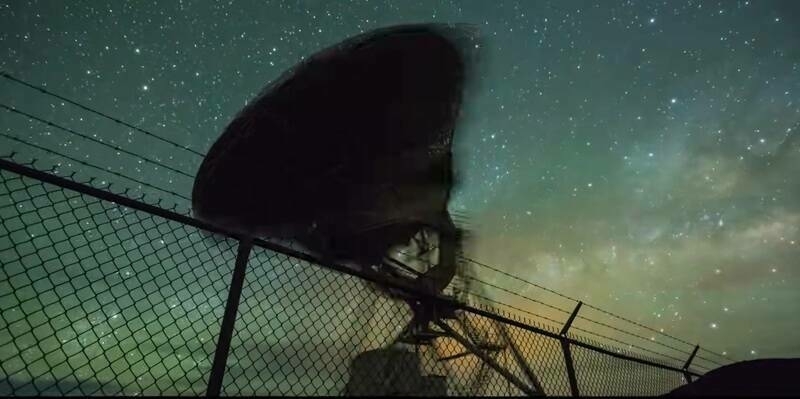Stadtwerke München (SWM) aims to switch all of its power to renewable energy by the year 2040. A prerequisite for this is, of course, finding suitable locations for new geothermal plants. Hence, SWM commissioned DMT to explore an area of approximately 170 square kilometers in a 3D seismic survey, which started in early November 2015.
"As far as I know, this project is the world's largest inner-city 3D seismic survey carried out to date," explains Prof. Dr. Eiko Räkers, Chairman of the DMT Board of Management. "The challenges of operating 26-tonne vibroseis trucks right in the middle of a city with a million-strong population are not to be underestimated. The conditions are miles apart from those we face in Ethiopia, for example, where another of DMT’s seismic teams is currently in operation."
Three such vibroseis vehicles produced the seismic waves during the seismic survey in Munich. The signal reflections were recorded at almost 8,000 recording points by applying 12 geophones at each location.
"The environmentally friendly vibroseismic method is particularly suitable for built-up areas as it uses controlled signal sources and doesn't cause strong vibrations", explains Räkers. "The main issue in the inner city, though, is traffic (buses, trams, refuse collection trucks), as well as temporary roadworks and the many pedestrians who try to quickly pass between the vehicles. The cable team had a difficult job, especially maintaining the cables, which were predominantly in cable bridges suspended in the air. Never before has a seismic survey been carried out with so many cable bridges, which also made assembly and dismantling considerably more complicated."
In addition to the 3D vibroseismic survey, an innovative shear wave experiment was carried out as part of a research project in collaboration with the Leibniz Institute for Applied Geophysics (LIAG). Vibrations were generated using a special technique (SHOVER method) at approximately 20 locations and registered with so-called three-component geophones.
Furthermore, 2D seismic measurements were performed along a 30 km long line. These surveys will be followed in April 2016 by two VSP (Vertical Seismic Profiling) measurements in existing geothermal boreholes. Upon completion, all data will be processed and geologically interpreted, providing SWM with a detailed three-dimensional underground model.
Subscribe to our newsletter
Stay updated on the latest technology, innovation product arrivals and exciting offers to your inbox.
Newsletter

